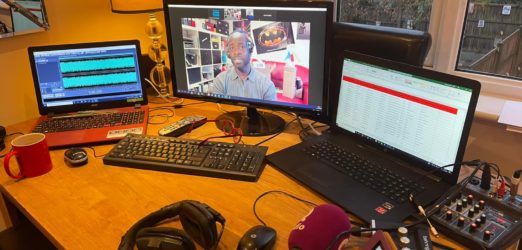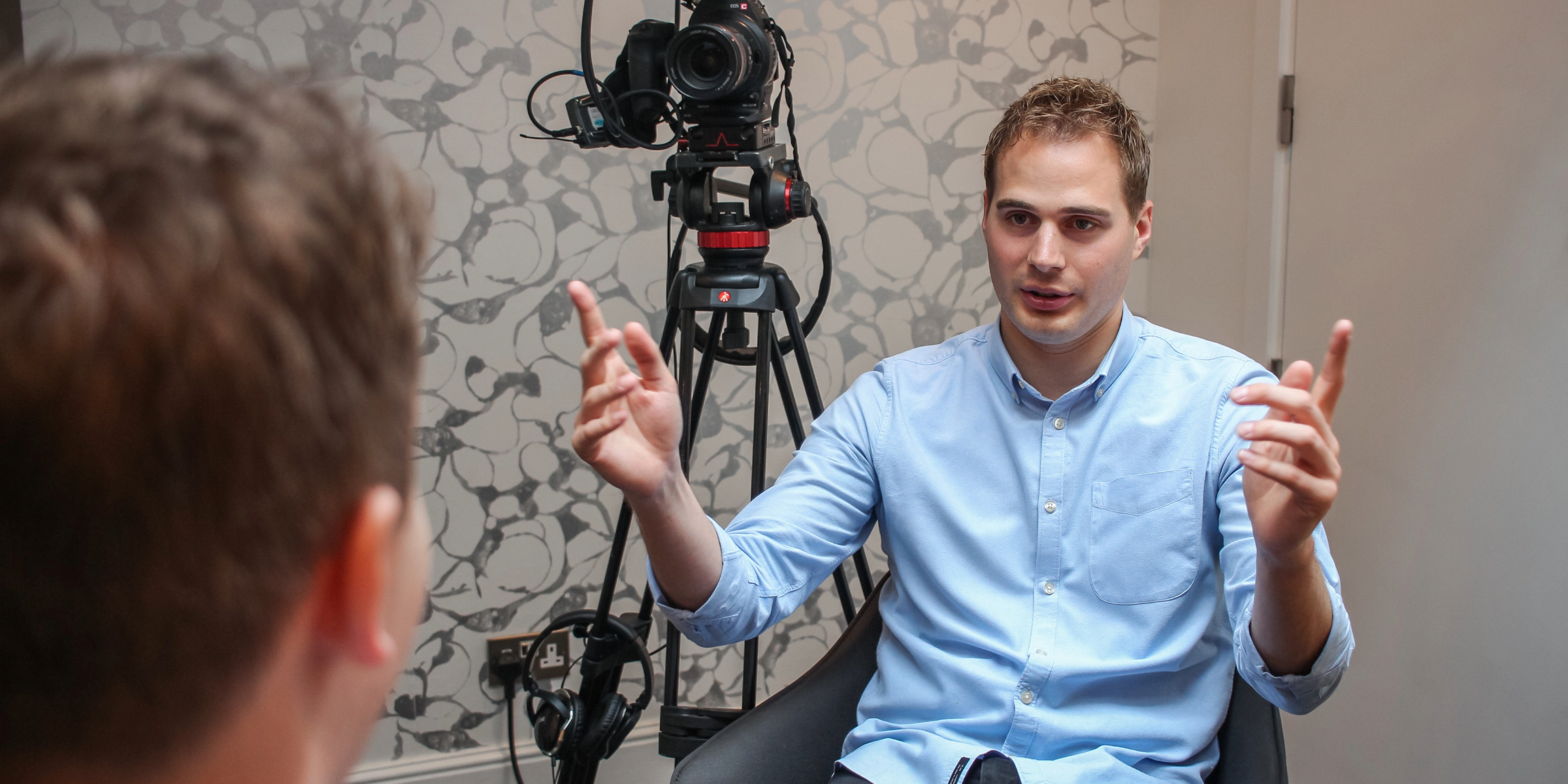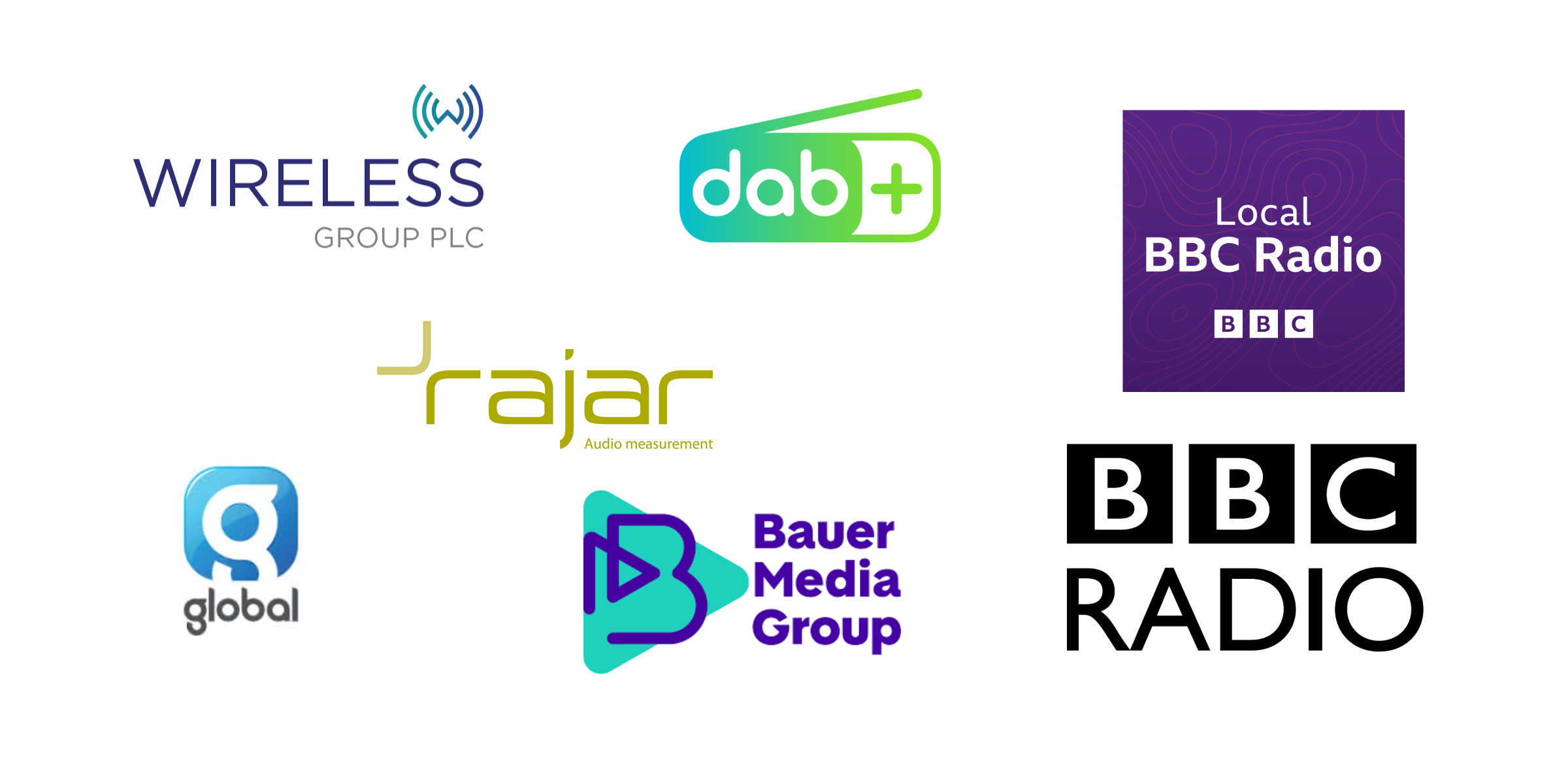Convenient, flexible and future proofed. That’s how the coronavirus has transformed the world of broadcast PR and we, a specialist broadcast PR agency, expect our clients to see all the benefits of this in 2021.
RADIO MEDIA RELATIONS
At the beginning of the year we were constrained by studios. For radio days, spokespeople were generally required to come into our Central London studio for back to back interviews that were conducted via an ISDN line. ISDN is a souped up telephone line, which you could only get from BT who had plans to make the technology obsolete in the next one to two years.
What the pandemic has done is bring those plans forward to the point that ISDN never needs to be used again for a radio interview. Broadcasters have already confirmed that they are happy to continue using the digital technology that has been their lifeline since March.
BBC radio stations prefer FaceTime on an iPhone and commercial stations opt more for Zoom interviews. They too had been moving away from ISDN technology and, given a good internet connection, there is no argument for going backwards. If required, we have tools and software that can boost the sound quality too.
WHAT NEXT
In the immediate to medium future everyone should be adhering to social distancing rules, therefore we will continue to organise our radio days remotely. Having an open Zoom line means communication between the spokesperson, our producer and you the client is always there. Our producer ensures the schedule of radio interviews goes to plan and briefs the spokesperson via Zoom and/or WhatsApp in between interviews. We will continue to have a technical rehearsal prior to the radio day to make sure everyone is happy and that the technology is working.
OUR MOBILE RADIO STUDIO
Once the virus is considered to be more under control, we will be offering a new service, a portable, pop-up radio studio. It can work anywhere there is a good internet connection – your office, the spokesperson’s place or a neutral venue such as a hotel meeting room – the possibilities are infinite.
The advantages of this include:
- Coronavirus security. No one has to go to Central London to a studio
- The opportunity for you to be with your client and/or spokesperson
- If we come to your office you could perhaps pop in to see how it’s going, without having to sit through each and every interview
- Third party spokespeople, especially celebrities, will appreciate the time it saves them. We’re already finding they’re more flexible and accommodating
HOW HAS COVERAGE BEEN AFFECTED?
In terms of the quality and quantity of coverage it hasn’t been. However, it is more competitive to get on air and a radio campaign, that mainly took place between breakfast and lunchtime now stretches more into the afternoon.
The nature of the interviews however has changed to an extent. There aren’t really any opportunities, for example, for double headed interviews – that’s when we would position a brand spokesperson alongside a third party one. For radio it works much better if both spokespeople can see each other, rather than one person dominating and the other not sure when to chip in. That’s easier done when both are together in the one studio and you can be aided by body language. So single interviews are more likely.
That said, if the remit is to get some coverage for a brand spokesperson we will. The third-party spokesperson will get the lion share of national and larger regional stations, but there will always be something for the corporate guest too.
There are also more live interviews which, for radio PR, is a good thing. A live interview will generally last longer and of course you have more editorial control, better chances of weaving in your key messages when answering the questions. The reason for more live interviews boils down to the cutbacks seen in the broadcast industry; fewer people are filling more air-times and it is quicker for them to organise a live interview than to do a pre-recorded one, then edit it.
Our tip is to make sure your spokespeople are media trained so they’re good enough to cope with live interviews Our training is predominantly practical and we now put a big focus on practising live interviews as a result of recent developments in the industry. CLICK HERE TO FIND OUT MORE ABOUT OUR MEDIA TRAINING:
A busy news agenda (and we’ve had a busy news agenda for more than a year, what with Brexit then Covid-19) it is more competitive to get on-air. So, put yourself into the best possible position by offering broadcast journalists what they need:
- A strong top line for the story
- Flexible and accommodating spokespeople – ideally a third party and/or celebrity
- Allow several days for the story to be sold in. Some broadcasters book up a week or more in advance – again this is down to a lack of resources in newsrooms
- If you want regional radio coverage make sure there is regional interest. That could be local statistics, a local case study or spokesperson
TELEVISION PR
Television broadcasters have also seen the light! Interviews via Skype or Zoom used to be for emergencies and breaking news stories only; now they’ve become the norm and are here to stay, particularly for television news.
Television used to be so much about the logistics – getting a camera crew to a location, filming then editing the material shot – this can take hours! As with radio, a live interview on television is quicker and easier to arrange, especially when it’s being done remotely.
We think, however, that television is more likely than radio to go back to its traditional ways. That means once we’re through the pandemic spokespeople will be required to go into studios more for live interviews. We don’t feel it’s the death of location live or pre-recorded interviews, but there will be fewer of these, due to the cost saving cutbacks we’ve already seen and with more on the cards. Zoom interviews are likely to continue for less important stories, which often means PR generated ones.
Television is all about the visuals, so for broadcast PR we should be thinking more than ever about B-roll. B-roll is around 6-8 minutes of video footage that illustrates a PR story and is given to broadcasters, free of charge and any copyright issues, in the hope it will encourage them to run the story. As a former TV news editor myself, I’d say given the choice between two PR stories, one of which came with pictures, I’d definitely go for that one. That said, B-roll needs to look like something a broadcaster might produce for themselves. FOR MORE ABOUT B-ROLL CLICK HERE
A GOLDEN OR A BLEAK FUTURE?
Golden all the way. We’ll be happy when the news agenda is a little quieter, meaning there will be more opportunities for PR generated content. That aside, as long as you’re prepared to evolve and adapt to the requirements of the broadcasters the broadcast PR is a sector rich in rewards.



